In many ways, the Great Pyrenees embodies all we love in our canine companions. They’re protective yet patient, calm and pensive, with a benevolent, loving personality that makes these gentle giants too easy to love. Finding fault isn’t easy with this admirable breed, but if there’s one struggle many owners underestimate, it’s training.
Pyrs aren’t dominating or unruly, but their independence can easily lead to owner frustration while training. If you’re wondering how to train your dog to become the obedient, outgoing pet you desire, we’ll make the process as straightforward as possible with these ten tips and tricks for training a Great Pyrenees.

How to Train a Great Pyrenees
1. Be Persistently Patient and Positive
New Great Pyrenees owners must relax their expectations for obedience for their sake and their dogs’. Pyrs are intelligent, but not in the sense they’ll quickly learn tricks and new commands. They’re thoughtful, often weighing outcomes and typically acting on what they decide is best.
It’s easy to get frustrated at this stubbornness if you previously had obedient pets. Be patient. Don’t repeat cues and risk poisoning them, and don’t react in a way that could damage your bond. Give your dog time to respond and help them see the value in following your lead. Always look for ways to reinforce desired behaviors while ignoring unwanted habits.
Pyrs are sensitive, so you must avoid punishment and negative feedback. They may not always be compliant, but they are generally well-meaning. While every family companion warrants a positive training approach, Great Pyrenees are arguably the last breed to deserve harsh punishment.

2. Train Obedience Basics and Practice “Learn to Earn”
Although obedience won’t be your Pyr’s hallmark, you can’t skimp on training. Puppy classes are an excellent idea, providing early socialization opportunities with other dogs and foundational obedience training to make your dog more tolerant and cooperative. At home, focus on the basics, particularly the following:
- Sit/stay
- Recall
- Down/stay
- Leave it/drop it
Practice these commands daily, but don’t become frustrated if you can’t get 100% cooperation. Use them to train patience and cooperation throughout the day in a “learn to earn” approach. For instance, have your Pyr sit before putting their meals down or make them wait before leaving the house for a walk. Doing so will teach patience, encourage calm behavior, and establish your position as the gateway to all the good things.
3. Be Confident, Firm, and Unyieldingly Consistent
Set boundaries and standards for behavior from day one, ensuring that everyone in the family is committed to them. If you aren’t consistent and allow your Pyr to do something “just this one time” (e.g., getting on the couch, jumping on you to greet you), your dog will remember it, essentially poisoning the rule you’ve set. Your dog will get a taste of the alternative, realize it’s possible, and make your rules harder to enforce.
Stay consistent and firm while remaining positive. Promote an atmosphere of respect between you and your dog. Show that you care for your dog, but don’t give them what they want if they don’t heed your expectations.
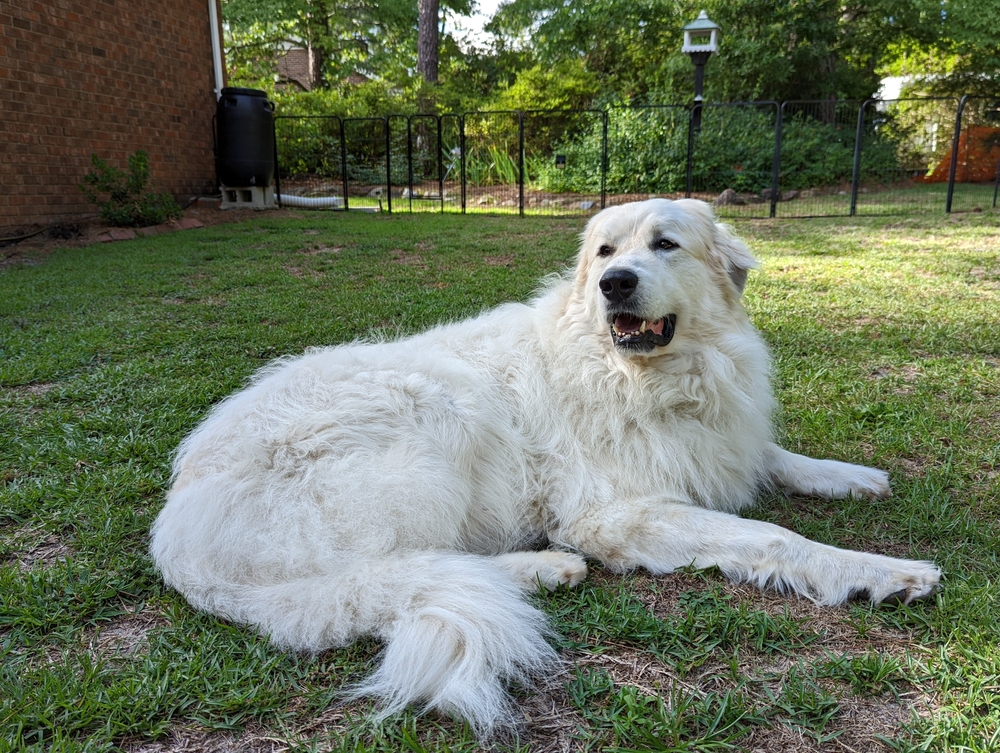
4. Train Daily but Keep the Sessions Short
Obedience routines aren’t the average Great Pyrenees’s forte, but they’re still an essential part of training behaviors and maintaining your position as the leader of the house. Keep them short, and focus on success so your dog stays motivated.
Start with basic commands, and be patient as they learn what you want (or what earns them a reward). Keep sessions to about 5 minutes, ending while your dog is fully engaged. Any longer, and you’ll notice they’ll often get bored and decide they want to do something else.
If you cut the session short while you have your dog’s attention, you’ll leave them wanting more, making future training sessions more exciting for them.
5. Arrange Puppy Playdates
Great Pyrenees grow up quickly, and socializing is crucial before they get too large to handle. The critical period for dogs is 3–14 weeks, so you must prioritize safe exposure to diverse people, animals, and situations when you bring your puppy home from the breeder. Since they likely won’t have all their shots, you must take extra precautions to prevent unnecessary infections.
Talk to friends and family with well-behaved, vaccinated dogs who can visit for playdates. Supervise the interactions to ensure your Great Pyrenees can create positive associations with the presence of other dogs and people. Make playdates frequent, and try to expose your dog to as many animals as possible to generalize their behavior.
6. Spend Quality Time to Nurture Your Bond
The Great Pyrenees doesn’t need excessive exercise to stay healthy, but daily activity and enrichment are crucial in keeping them calm and fostering the strong bond that will make training easier. Take your dog for daily walks, letting them sniff and explore. They’ll tire out while having fun, solidifying the connection between their positive feelings and your presence.
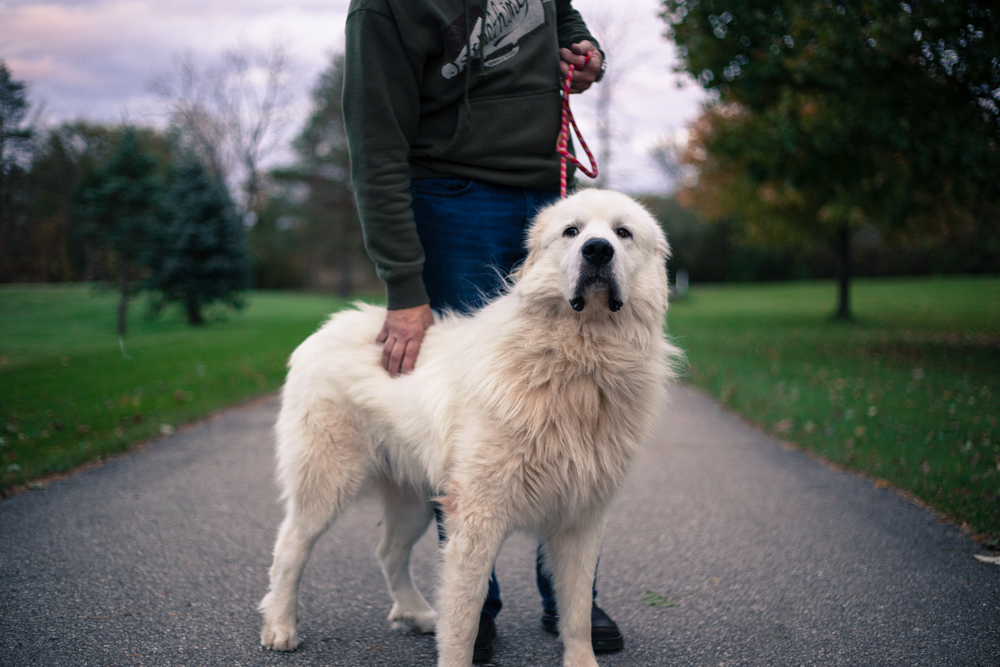
7. Be Mindful of Resource Guarding
Resource guarding can be an issue in a multi-dog household that may spill over into conflict with owners if you don’t try to prevent it. Don’t give your Pyr a reason or the chance to be possessive, as it can cause long-term conflict.
Be careful about what you offer to your dog. Bones and long-lasting toys can quickly put a Pyr on edge if another dog approaches them, and poor socialization can make them overly anxious and wary. Make resources abundant and equitable, and monitor for aggressive signs.
If you must remove something your Pyr is guarding, keep tasty treats on hand so you can make a trade that won’t make them feel like they’re losing something valuable.
8. Give Your Great Pyrenees a Job
Since they were bred to work, Great Pyrenees thrive when they have a sense of purpose. They’re always guardians, but protecting the home isn’t something that requires action every day, especially if you live in a quiet, safe neighborhood. To keep your Pyr stimulated, consider giving them a job, such as:
- Patrolling the home
- Picking up toys
- Nosework outside and indoors
- Puzzle toys
Ideally, you’ll have plenty of space for them to roam safely, like an expansive, fenced-in yard. If you commit to leash training early, you can do more exploratory hikes to give your Pyr ample exercise, time to sniff, and a chance to secure their territory by patrolling it.
9. Weather the Adolescent Period
The Great Pyrenees will reach adolescence at around 6–10 months, a point when many of your efforts seemingly go out the window. Adolescence may last until your dog is 18 months old, but it can sometimes extend past their second year. New fears and behaviors may emerge, and any obedience you’ve developed will often regress.
Like children, dogs go through this transitional period on their way to adulthood to test their attachments and manage their hormonal changes. It can be frustrating for owners, but you must stay the course and remain consistent in your training and positive reinforcement. Encourage but don’t force interactions.
Have guests offer treats to show they’re non-threatening and beneficial, and continue rewarding the behaviors you want while gently dissuading unwanted habits.
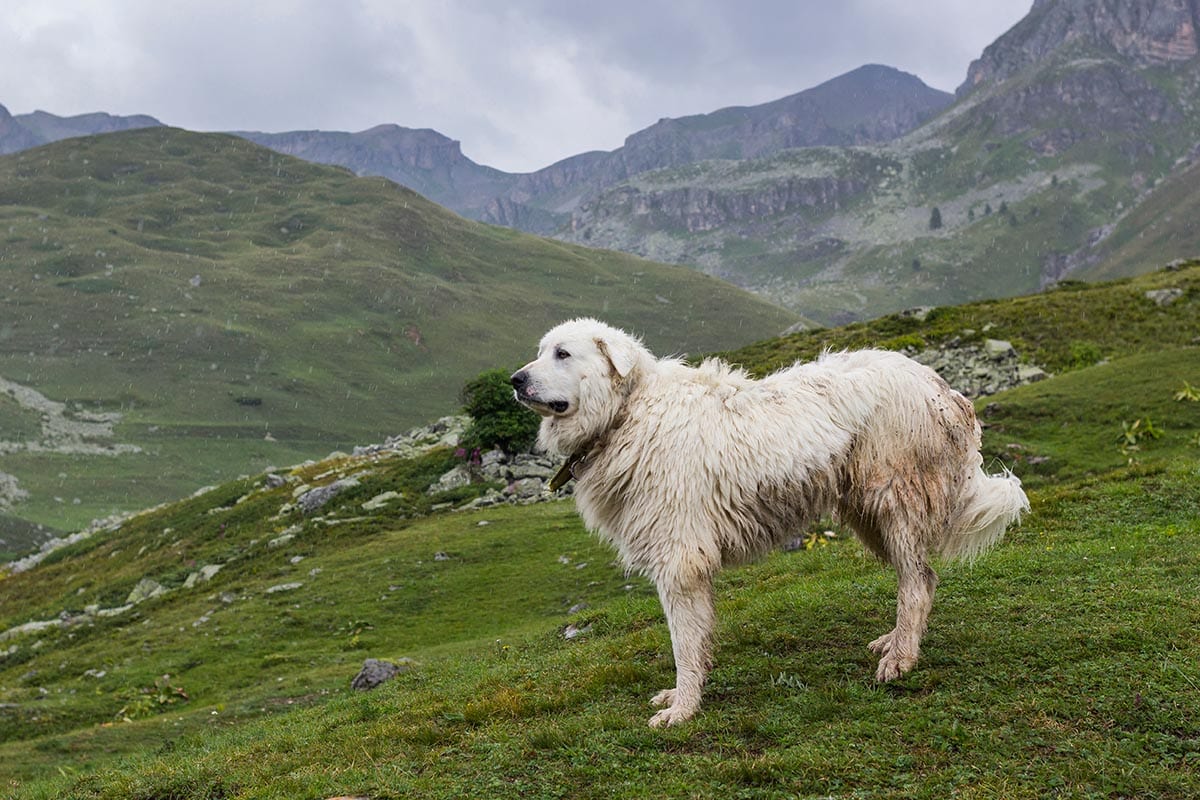
10. Handling an Independent-Minded Canine
Great Pyrenees aren’t necessarily dominating over handlers, but their long lineage has nurtured an independent mindset. The ancient breed has existed for over 3,000 years, with some putting their origins at over 10,000 years ago.
For centuries, the dogs worked to secure their shepherds’ herd from wolves and other hazards, with their white coats blending among their flock. Owners developed them to work independently, far from guiding hands. With this protective instinct came nurturing personalities. Pyrs are loving protectors, whether for animals in the field or family in the home.
In this centuries-long role, guardian traits are central to the modern breed, and we still see their value today. In 2024, a Great Pyrenees named Casper even won the People’s Choice Pup award from the American Farm Bureau for defending his flock against a pack of 11 coyotes, eight of which he killed despite suffering numerous injuries!

Final Thoughts
Great Pyrenees have an innate drive to be kind and guard their family. They’re hardworking and loyal, but that doesn’t mean they’ll excel at obedience. Unquestioning compliance was never a breed focus, as handlers primarily valued their drive and confidence, trusting them to do their due diligence with minimal prompting.
Today’s Great Pyrenees stay true to nature, which won’t align with typical expectations for everyday companion breeds. Although you’ll face unique hurdles while developing good behaviors, keeping a sense of humor, staying patient, and appreciating your dog’s priorities will make them one of the most adorable animals you could hope for.
Featured Image Credit: Danita Delimont, Shutterstock






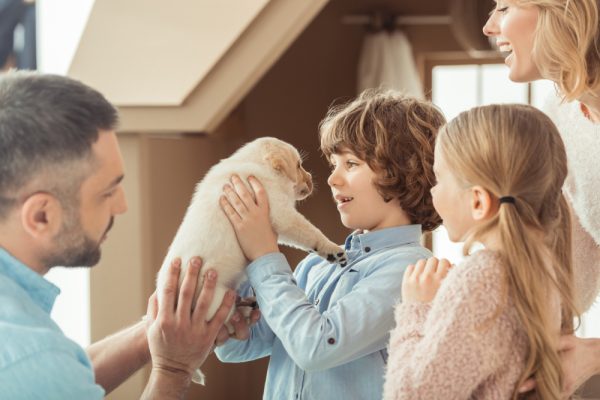
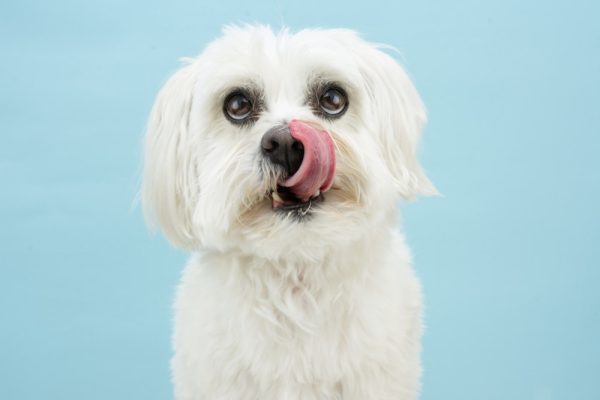

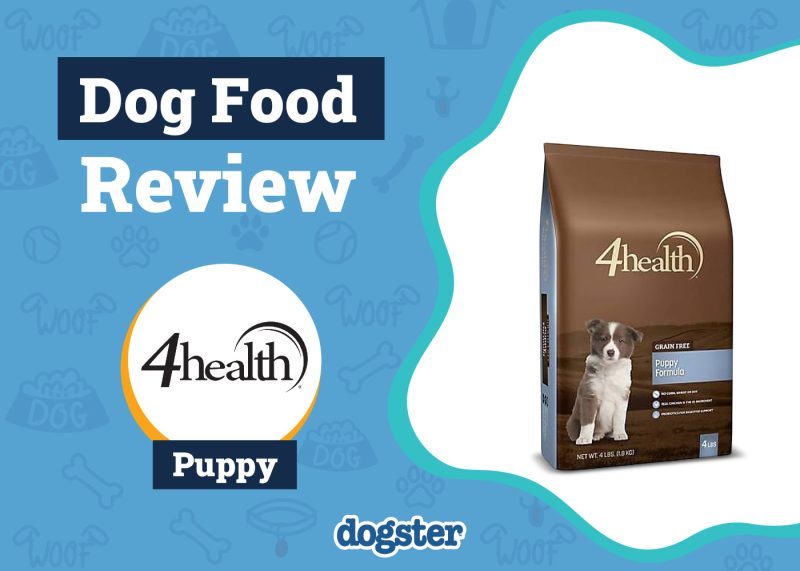

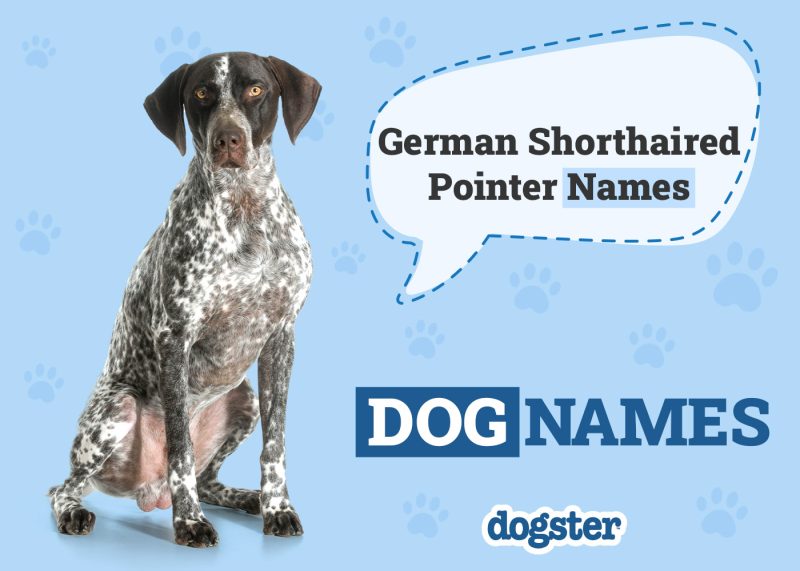
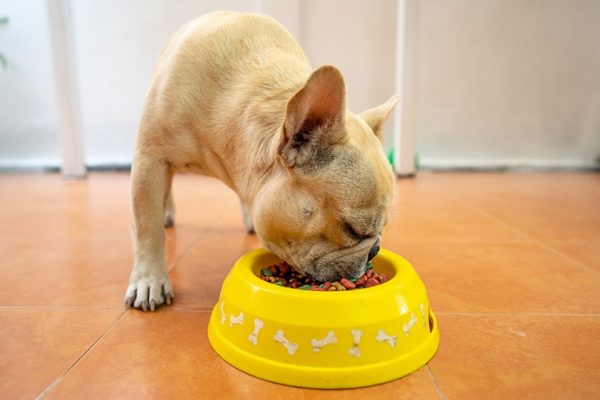




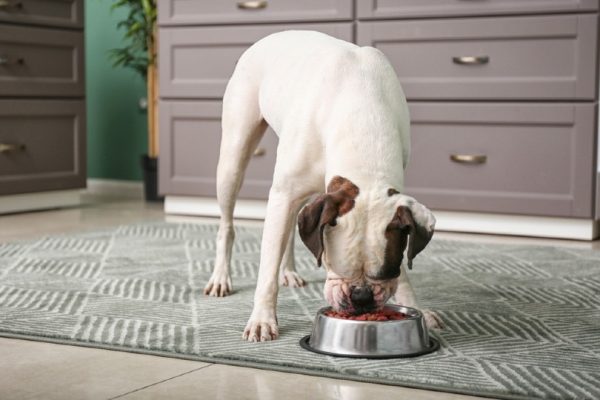

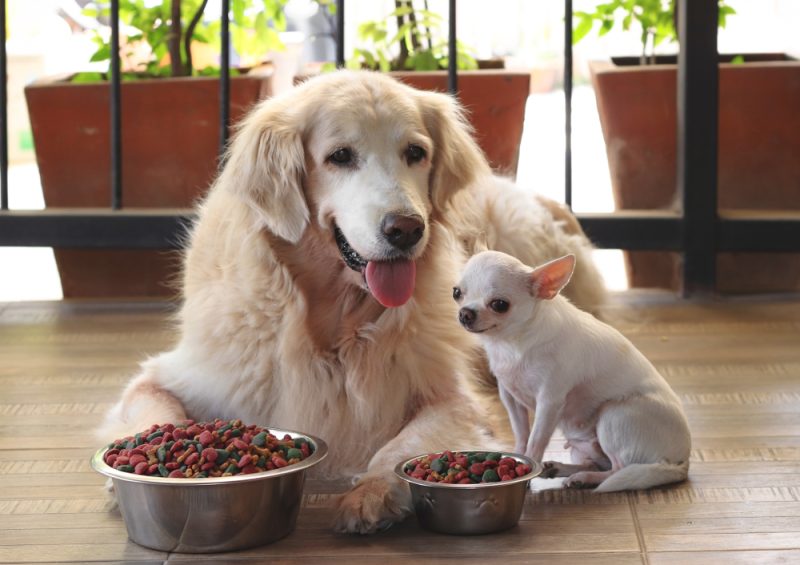

6 Responses
Great tips! As a pet lover I’ve seen how crucial patience and consistency are when training independent breeds like the Great Pyrenees. These gentle giants need firm yet loving guidance, and your advice on positive reinforcement really resonates. Training can be a challenge, but the bond it creates is so rewarding. Thanks for sharing these helpful insights—definitely bookmarking this!
Hello,
thank you very much for your lovely feedback! We are happy we were able to provide you with some helpful information, that can potentially make your life and life of your Great Pyrenees better and happier! Best wishes!
Ok I have just acquired an almost 2 yr old great Pyreneese. my question is i noticed his dew claws have 2 claws on each back leg. Is this normal?
Hi Audrey! Yes, this is absolutely normal. In fact, double dewclaws are a characteristic of the breed and part of the breed standards. The American Kennel Club (AKC) even considers it a fault if the dewclaws are missing on each rear leg. 🙂
Thank you so much. I have a lot to learn about this breed.
They sure are a sweet animal
Anytime! We're here to help. 🙂